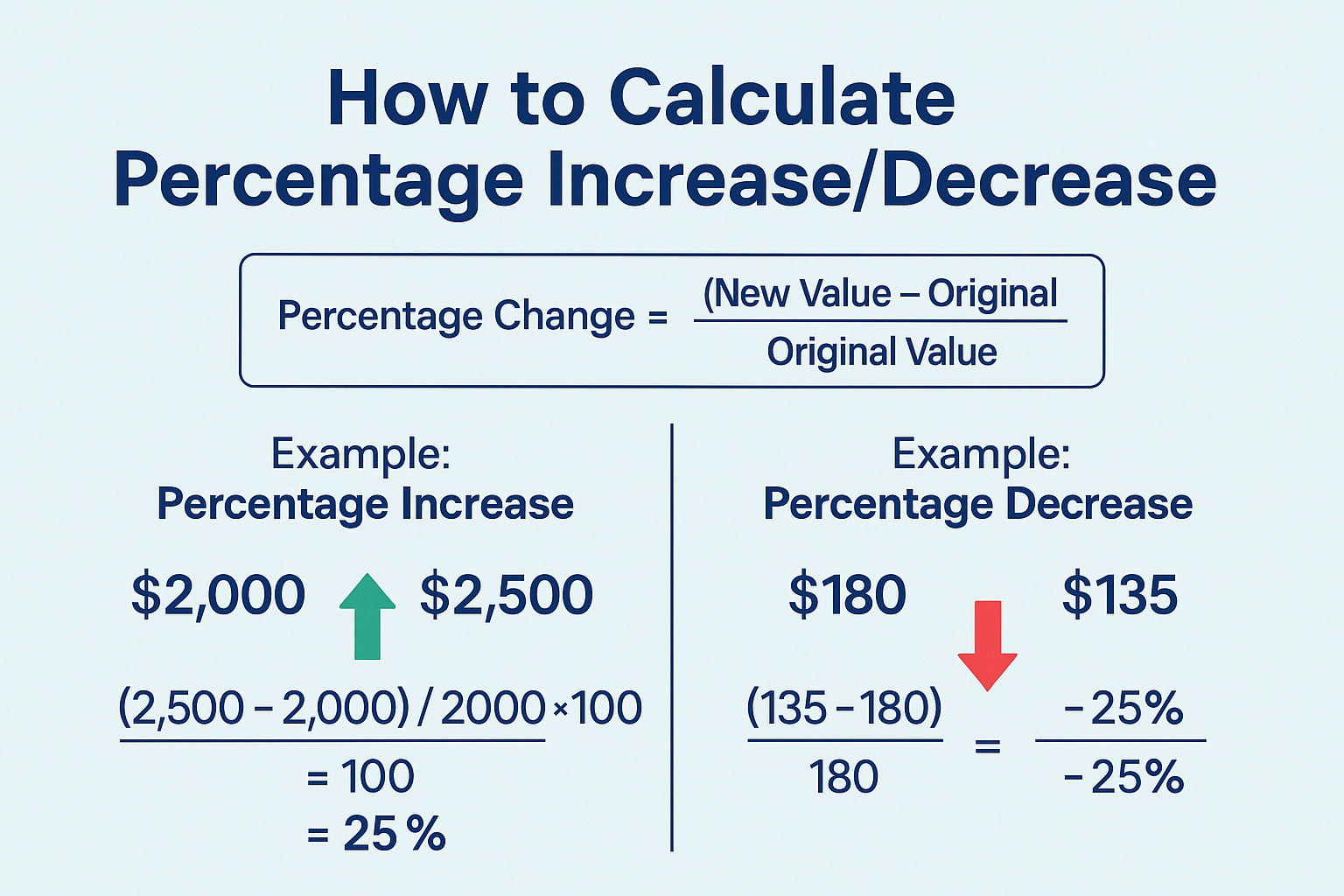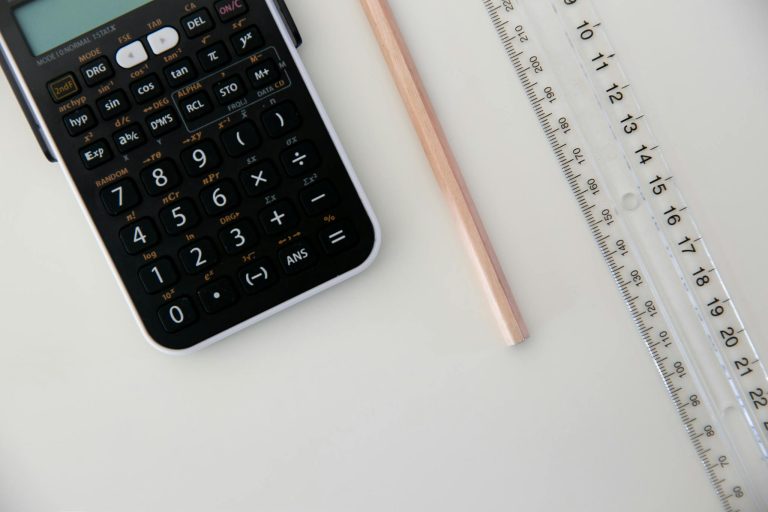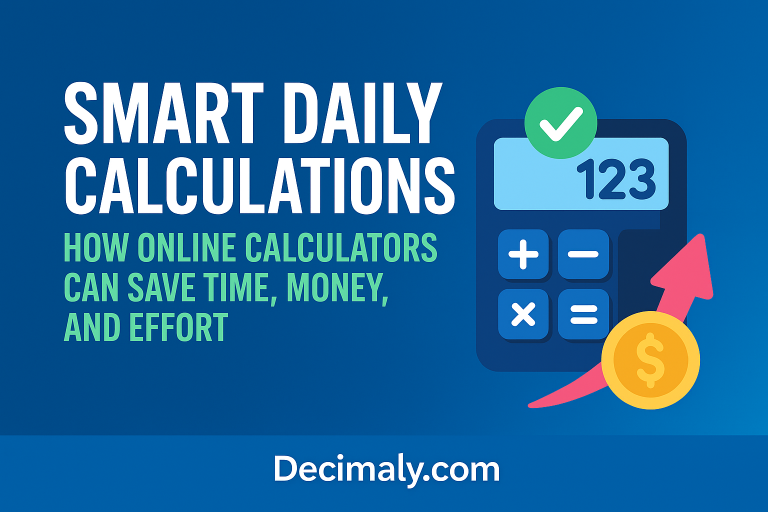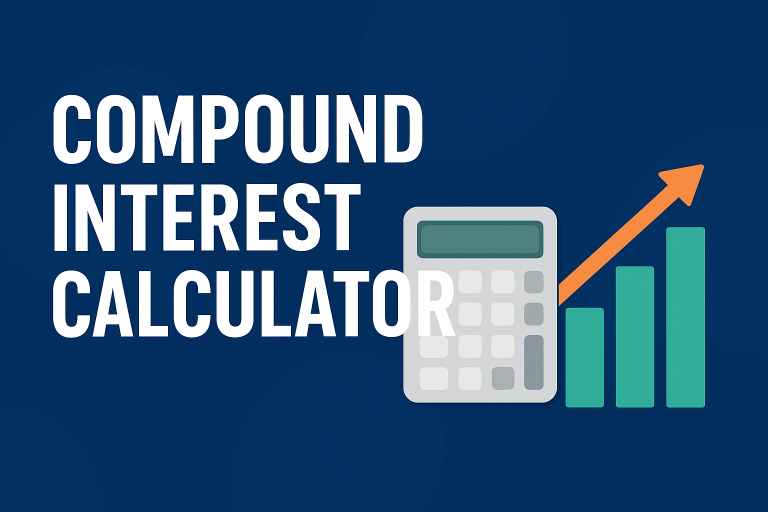Calculating percentage increase or decrease is a fundamental math skill used in finance, business, education, and everyday life. Whether you’re analyzing sales growth, price changes, or exam scores, knowing how to compute percentages quickly is essential.
In this guide, we’ll cover:
✅ Percentage increase formula
✅ Percentage decrease formula
✅ Step-by-step examples
✅ Common mistakes to avoid
Let’s dive in!
1. What is Percentage Increase/Decrease?
A percentage increase measures how much a value has grown compared to its original amount.
A percentage decrease measures how much a value has reduced compared to its original amount.
These calculations are useful for:
✔ Price changes (discounts, inflation)
✔ Salary raises
✔ Exam score improvements
✔ Business revenue growth
2. Percentage Increase Formula
The formula to calculate percentage increase is:

Example 1: Calculating Salary Increase
Original Salary: $50,000
New Salary: $55,000

Result: The salary increased by 10%.
3. Percentage Decrease Formula
The formula to calculate percentage decrease is:

Example 2: Calculating Price Drop
Original Price: $200
Discounted Price: $160

Result: The price decreased by 20%.
4. Common Mistakes to Avoid
❌ Mixing up Increase & Decrease formulas → Always subtract the original value first.
❌ Dividing by the wrong value → Always divide by the original value, not the new one.
❌ Forgetting to multiply by 100% → Percentages must be in % form.
5. Quick Calculation Tips
🔹 Use a calculator (like Decimaly’s Percentage Calculator) for fast results.
🔹 Double-check your numbers to avoid errors.
🔹 For reverse calculations, use:
- New Value = Original × (1 + Percentage Increase)
- New Value = Original × (1 – Percentage Decrease)
6. FAQs on Percentage Change
Q1. What if the percentage change is negative?
A negative result means a decrease (e.g., -5% = 5% decrease).
Q2. How do I calculate percentage difference between two numbers?
Use:

Q3. Can percentage increase be over 100%?
Yes! If a value more than doubles, the increase exceeds 100% (e.g., going from 10 to 30 is a 200% increase).
7. Conclusion
Calculating percentage increase or decrease is simple with the right formula. Whether you’re tracking finances, analyzing data, or comparing prices, mastering this skill will save you time and improve accuracy.
Need instant calculations? Try Decimaly’s Percentage Calculator for quick results!







